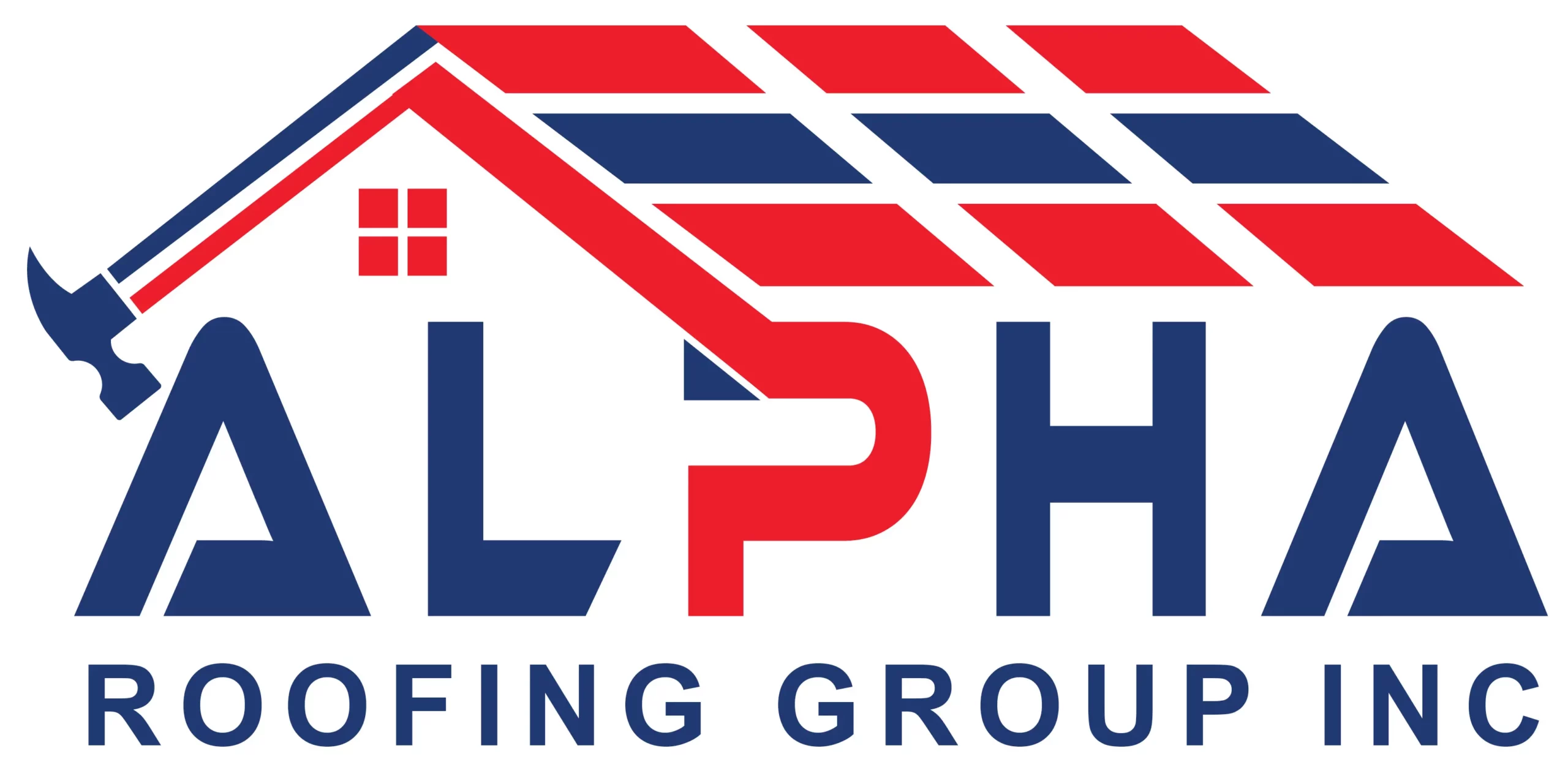The Devastating Impact of Heavy Winds on Your Roof
Types of Roof Damage Caused by High Winds
When your roof is exposed to the ferocity of heavy winds, it is prone to a range of damages that can compromise the integrity of your entire home. High winds can lift and curl shingles, leaving your roof exposed to the elements, particularly moisture. The gusts can also exacerbate the deterioration of roofing materials, leading to cracks or peeling that allows for water seepage.
Recognizing the Signs of Wind Damage on Your Roof
After a windstorm, it is crucial to survey your roof for possible signs of turmoil. Damage may not always be immediately visible, so a thorough inspection is necessary. Look for signs like missing or broken shingles, granules accumulating in gutters, or debris that may have impacted the roof.
Shingles: Missing, Loose, or Damaged
Shingles are the first line of defense for your roof and, unfortunately, the most susceptible to wind damage. If you observe that shingles are missing, loose, or if their edges are turned up, immediate attention to emergency roof repair after heavy winds is necessary to prevent more serious issues.
Structural Issues: Sagging or
Leaks
More subtle, yet equally concerning, are potential structural issues. If you notice any sagging or water stains on your ceilings after a storm, it could signal a compromised roof structure. An inspection by professional roofing contractors in Long Beach can diagnose the extent of the damage and provide the necessary emergency repair services.
Emergency Roof Repair: What It Is and When You Need It
Defining Emergency Roof Repair
Emergency roof repair is a focused intervention designed to quickly address damage caused by unforeseen circumstances like heavy winds. It prioritizes restoring the protective layer of your roof to prevent immediate water ingress and structural harm to your home or business.
The Urgency of Addressing Wind Damage Promptly
Immediate roof repair following a storm isn’t just about fixing what’s broken; it’s about taking swift action to mitigate further complications. Delays can lead to more extensive damage and, ultimately, higher costs.
Preventing Further Damage
Acting quickly on repairs can save you from the snowball effect of unresolved roof issues. Making prompt and effective repairs helps preserve both the structure of the building and the valuable items inside from further damage.
Safety Concerns
Compromised rooftops are a safety hazard. Loose materials
Securing Your Home: Post-Windstorm Roofing Strategies
Assessing and Documenting the Damage
Once the storm has passed, it’s essential to assess your roofing system for damage. A careful inspection should be done to check for displaced shingles and compromised seals. This inspection is not only critical for immediate repairs but also for insurance purposes. Documenting any damage with photographs or videos can assist in filing emergency roof repair after heavy winds claims effectively.
Understanding Insurance Claims and Coverage
Wind damage, particularly in areas prone to such weather, generally falls under homeowners’ insurance coverage. However, understanding your policy’s specifics is vital. Familiarize yourself with your deductible, coverage limits, and the process for filing a claim. Professional roofing contractors can often provide support when navigating the roofing insurance claims wind damage process, ensuring that you get the most out of your policy.
Post-Emergency Roofing Maintenance and Prevention
Long-Term Solutions to Wind Damage
After emergency repairs, considering long-term roofing solutions is crucial for sustained protection. Investing in high-quality materials and regular maintenance can mitigate future wind damage. Long Beach winter roof maintenance programs
Handy Tips
Tip 1
Immediately after any storm, carefully evaluate your roof for clear signs of harm, including any dislodged or damaged shingles, holes, or shattered tiles. This is particularly important during Long Beach’s winter season when strong winds are more prevalent.
Tip 2
Reach out to a Long Beach-based professional roofing service provider promptly for a critical evaluation that will help avert further harm and preserve your roof’s structural soundness.
Tip 3
Apply a protective tarp to cover any vulnerable or impaired sections to safeguard your home from moisture ingress, until an expert roofing technician is able to carry out immediate, necessary fixes.
Tip 4
Consult your insurance carrier to gain a clear understanding of your entitlements regarding charges for repairs after wind damage and for support in managing claims related to roofing insurance for wind-related damage.
Tip 5
Arrange for routine winter roofing check-ups in Long Beach to systematically strengthen areas that could weaken your roof’s ability to withstand forthcoming windstorms.
Commonly Asked Question
, for example, may include routine checks and reinforcement of roof elements to prepare for the season’s weather challenges.
Working with a Trusted Roofing Contractor
For both emergency repairs and ongoing maintenance, partnering with a respected, local roofing company like Alpha Roofing in Long Beach ensures that your roof receives the attention it needs from professionals who understand the local weather patterns and can provide tailored solutions.
Conclusion
Timely, efficient, and effective emergency roof repair after heavy winds can mean the difference between minor inconveniences and devastating home damage. Recognizing the importance of skilled contractors, insurance coverage, and preventive measures will guide you through the aftermath of a windstorm. Trust in Alpha Roofing’s expertise to navigate this journey towards restoring and safeguarding your home.
Frequently Asked Question 1: What are the types of roof damage caused by high winds?
High winds can lift and curl shingles, leading to exposure and moisture damage. They can also cause deterioration of roofing materials, resulting in cracks or peeling that allows for water seepage, missing or broken shingles, granule buildup in gutters, and damage from debris impact.
Frequently Asked Question 2: How can I recognize signs of wind damage on my roof?
Post-storm, examine






